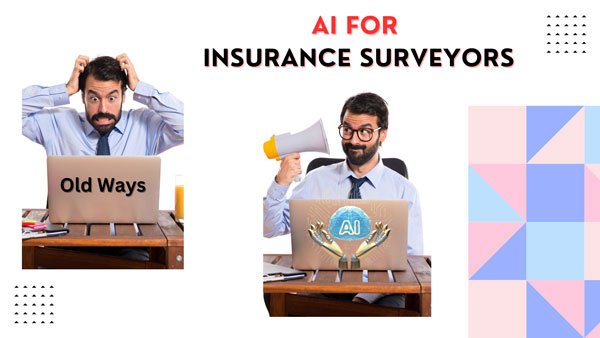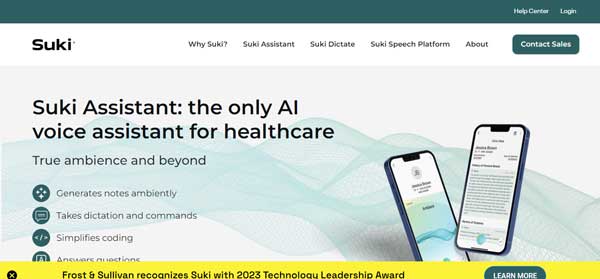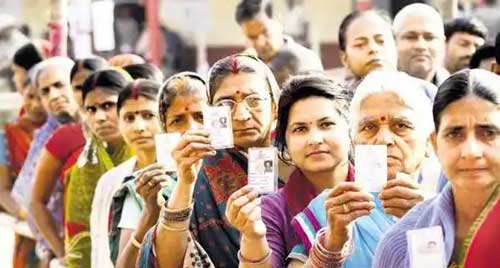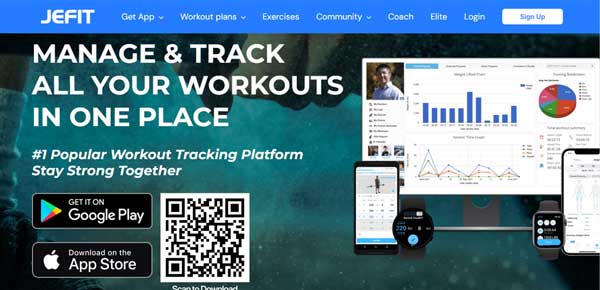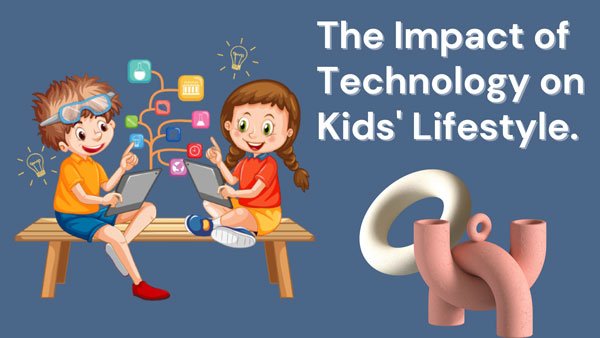Boost Your Medical Retail Business with Digital Marketing Secrets
The Digital Revolution in Medical Retail Stores
In today’s dynamic business landscape, medical retailers face unprecedented challenges in reaching and retaining customers. The rise of digital advertising has become more than just a choice but an essential step for medical retailers who want to succeed in a highly competitive marketplace. This post outlines the essential processes for effective digital advertising and explores why Astute Techno Solutions is the first choice for promoting your pharmaceutical business online.
Why Digital Marketing is Required for Medical Retail Stores
In today’s highly competitive world, it is crucial for medical retailers to establish a robust online presence. Digital marketing enables medical retailers to expand their audience reach, generate leads, and ultimately boost sales. Here are the key reasons why digital marketing is imperative for medical retailers:
- Reach a wider audience: Digital marketing allows medical retailers to reach a much wider audience than traditional marketing methods, such as print and television ads. This is because people are increasingly using the internet to search for information about health and wellness, including prescription drugs and over-the-counter medications.
- Target specific customers: Digital marketing techniques, such as search engine optimization (SEO) and pay-per-click (PPC) advertising, allow medical retailers to target their marketing campaigns to specific audiences based on their interests, demographics, and online behavior. This ensures that their marketing messages are seen by the people who are most likely to be interested in their products and services.
- Build brand awareness: Digital marketing can assist medical retailers in building brand awareness and establishing themselves as a trusted source of health and wellness information. They can accomplish this through active involvement on social media, creating informative blog content and articles, and engaging with online forums and discussions.
Drive Sales and Conversions: Digital marketing is a valuable tool for boosting sales and conversions for medical retailers. It can boost medical stores’ sales by directing visitors to their website and online store. Digital marketing encompasses a range of channels, including email marketing and social media advertising, which medical retailers can leverage to reach their intended audience with engaging offers and promotions.
Important Steps to Advertise Digitally
- Develop a User-Friendly Website: The foundation of a successful digital presence is a well-designed website. It is essential that your website is both user-friendly and responsive and optimized for search engines. This seamless online experience not only has the potential to attract new customers but also encourages customer retention.
- Creating High-Quality Content & Marketing: High-quality content is crucial in the digital world, and medical retailers must ensure they provide informative, engaging, and relevant material to their target audience.
- Using Social Media Effectively: Social media is a powerful tool that can be used to reach a large audience and connect with potential customers. Medical retailers should use social media to share their content, engage with followers, and promote their products and services.
- Running Paid Advertising Campaigns: Paid advertising campaigns are a useful method to extend brand reach and obtain potential customers. Nevertheless, it is crucial to monitor and evaluate the outcomes of paid advertising campaigns to guarantee their efficiency.
Use Email Marketing: Develop relationships with your customers by using email marketing campaigns. Share health-related advice, advertising promotions, and tailored deals to keep your target audience interested and committed to your medical retail brand.
- Optimize Your Website for Local Search: Local search optimization (SEO) can help medical retailers ensure that their website appears in search results when people are looking for medical stores in their area.
- Complying with Regulations: Medical retailers must comply with all applicable laws and regulations when advertising online. This includes making sure that their advertising is accurate, truthful, and not misleading.
Astute Techno Solutions: Your Digital Advertising Partner
Astute Techno Solutions offers a comprehensive suite of digital marketing services tailored to the specific needs of medical retailers. Their expertise includes:
Strategic Planning and Consulting: Astute Techno Solutions provides personalized consultations to help medical retailers develop a customized digital marketing strategy aligned with their business goals.
Website Development and Optimization: They design and develop user-friendly, informative websites that adhere to industry regulations and optimize them for search engines to improve visibility.
Social Media Management and Content Creation: Astute Techno Solutions manage your social media presence, creating engaging content, running targeted ads, and interacting with followers to build a strong online community.
Search Engine Optimization (SEO): Their team of SEO specialists implements effective SEO strategies to improve your website’s ranking in search results, driving organic traffic and increasing brand visibility.
Pay-Per-Click (PPC) Advertising Management: They manage PPC campaigns, selecting relevant keywords, optimizing landing pages, and tracking campaign performance to maximize ROI.
Email Marketing Automation: Astute Techno Solutions automates email marketing campaigns, segmenting your audience, crafting personalized messages, and analyzing campaign results for continuous improvement.
Performance Monitoring and Reporting: They provide regular performance reports and insights to help you make data-driven decisions and optimize your digital marketing strategies for better results.
Deep Understanding of the Healthcare Industry: Astute Techno Solutions possesses a profound understanding of the unique challenges and opportunities faced by medical retailers in the healthcare sector.
Compliance with Regulatory Standards: The company adheres strictly to all applicable regulations governing digital marketing in the healthcare industry, ensuring that campaigns are compliant and ethical.
Conclusion: A Digital Future for Pharma
In conclusion, the digital era presents both challenges and opportunities for medical retailers. Embracing digital marketing and implementing the outlined procedures is essential for staying competitive and meeting the evolving needs of the healthcare consumer. Astute Techno Solutions is a leading digital marketing company that can help you achieve your marketing goals. Contact Astute Techno Solutions today to learn more about their services.
As the landscape continues to shift, a strategic and dynamic approach to digital advertising will ensure the continued success of medical retail businesses.
Boost Your Medical Retail Business with Digital Marketing Secrets Read More »






